Debunk – The Myth Parashuram as Vishnu Avatar
Padmini Arhant
The incarnation chronicle of Lord Vishnu in specific reference to Guru Parashuram in Shivam religion representing Saivam, Vainavam and Saktham for Sakti incorrectly referred to as Hindu religion is noteworthy.
Among ten incarnations of Lord Vishnu as the protector and savior of the Universe in Shivam religion, the sixth incarnation of Lord Vishnu is incorrectly attributed to Guru Parashuram.
Guru Parashuram was a devotee of God Shiva. As Guru to brahmins, Parashuram had an extended participation in Ramayana and Mahabharata.
The notable events in both epics delineate the incorrect projection of Guru Parashuram as Vishnu Avatar.
In all incarnations of Lord Vishnu from the beginning until now, the avatar is confined to definite timeline in the yug i.e. age.
No particular avatar of Lord Vishnu has ever prolonged beyond the intended purpose and cosmic determined cause for incarnation.
Guru Parashuram’s birth from parents sage Jamadagni (father) and mother Renuka Devi is the biological profile.
Guru Parashuram – a brahmin prominently sought revenge against Shatriyas – the warrior class for killing his father Jamadagni – a Rishi aka sage at that time. Parashuram’s father Jamadagni on his part accused his wife Renuka Devi of adultery and cursed her even though she was a pious woman and dutiful wife.
Guru Parashuram’s existence and role in Ramayana in conflict with Lord Ram – the leading character in the epic and importantly Lord Vishnu’s incarnate is paradoxical.
Guru Parashuram, the hypothesized incarnate of Lord Vishnu in direct opposition to yet another critical incarnation of Lord Vishnu i.e. Lord Ram in Ramayana in the same timeline is anomalous.
Fast forward, the subsequent epic Mahabharata again in entirely different period – dwapara yug when Lord Vishnu incarnation on earth as Lord Krishna took place.
In this timeframe, Guru Parashuram’s presence and participation is pronounced with Mahabharata’s renowned character Karna seeking archery lessons in disguise due to Guru Parashuram’s strong objection and pledge denying any formal or informal training and knowledge of warfare and other matter to students of lower denomination in the social hierarchy.
Guru Parashuram’s principle was to only teach brahmins.
Similarly, Guru Dhronacharya another brahmin having had Guru Parashuram’s assistance in receiving warfare weaponry used in Mahabharata battle adopted same strategy to teach and train brahmins and the Royal descendants i.e. Shatriyas – the warrior class.
The brahmins involvement in battlefield is negligible to nil since time immemorial.
The brahmins were advisors in starting warfare but not necessarily braved the brunt of warfare in the battleground.
The controversial policy of Guru Dhronacharya was evident in the inhumane and discriminatory practice towards Ekalavya – the boy from the so-called lower caste who admired and desperately desired to learn from Guru Dhronacharya – a brahmin who denied education and learning skills to students other than brahmins and royal lineage.
Ekalavya then sculpted a statue of Guru Dhronacharya and discreetly learned archery excelling in the field than enrollees in Guru Dhrona’s school.
Upon hearing and viewing Ekalavya’s brilliant talent in archery without formal training in any elite schools such as Guru Dhrona’s Gurukul i.e. institution, the Guru was infuriated and demanded Eklavya, the little boy to pay Guru Dakshina meaning fees to the Guru for using his statue image to learn the art.
Guru Dhronacharya knowing well about the little boy’s impoverished background wanted him to instead spare his right thumb, the vital finger in shooting the arrow. Guru Dhrona’s unfair demand of the boy was to deprive him from ever using the bow and arrow.
Ekalavya without any hesitation in utter respect for Guru Dhronacharya sacrificed his right thumb by allowing Guru Dhrona to perform the gruesome removal of thumb from his hand.
Guru Dhronacharya’s such negative deeds in living was not without karmic effects. Guru Dhrona was killed in the battlefield under the false impression of the demise of his son Ashwatthama.
Finally, Guru Parashuram’s expansive life spanning into Ramayana and Mahabharata during Lord Vishnu’s iconic incarnations as Lord Ram – seventh avatar and Lord Krishna, the eighth avatar respectively eliminates the theory of Guru Parashuram as sixth Vishnu Avatar.
The question may now arise on what was Lord Vishnu’s sixth avatar if not Guru Parashuram?
Lord Vishnu’s sixth avatar was Vaishnavi aka Goddess Durga as Mohini. The avatar was to deter the demons from reining control over heaven with demons having established demonic rule on earth and netherworld.
In fact the divine union of Goddess Durga as Vaishnavi – the feminine aspect of life and God Shiva led to the birth of Hariharan – also known as Lord Iyappan worshipped and revered in Shivam religion. Lord Iyappan or Hariharan is enshrined in Temples in India.
Likewise, there are temples for Vaishno Devi or Vaishnavi in Kashmir and other parts of India.
In contrast, there are neither any temples for Parashuram anywhere nor any depiction of Parashuram as sixth avatar of Lord Vishnu.
Accordingly, the myth about brahmins’ Guru Parashuram as Lord Vishnu’s sixth avatar is identical to assertion on Indian caste system apparently cosmic ordained citing Vedic scriptures.
Both versions are manufactured to suit hierarchy ideology with higher and lower classifications of population despite the unanimous claim of the Supreme Entity – God being one supernatural force and benefactor to all.
That in itself nullify the archaic antiquated caste system justifying bias, prejudice and discrimination prevalent in Indian society.
Padmini Arhant
Author & Presenter
PadminiArhant.com
Prakrithi.PadminiArhant.com

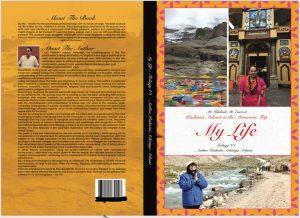
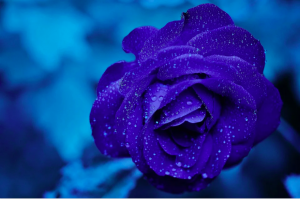

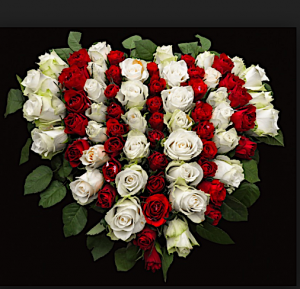

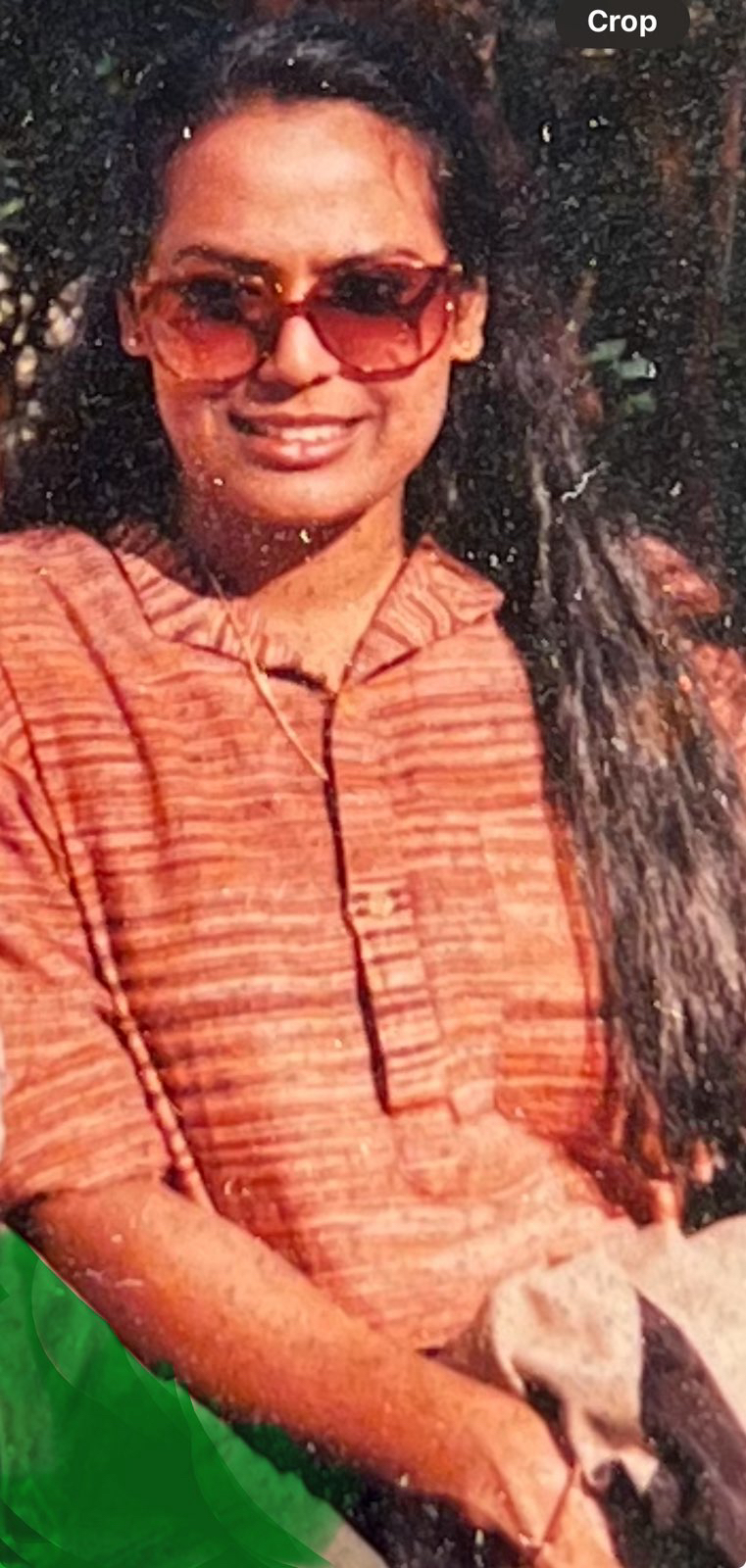

 mania as that is not going to deliver what is aimed at and desired in vain except confirming your asinine indulgence.
mania as that is not going to deliver what is aimed at and desired in vain except confirming your asinine indulgence.



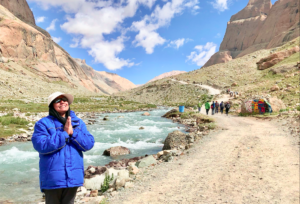

Leave a Reply
Your email is safe with us.